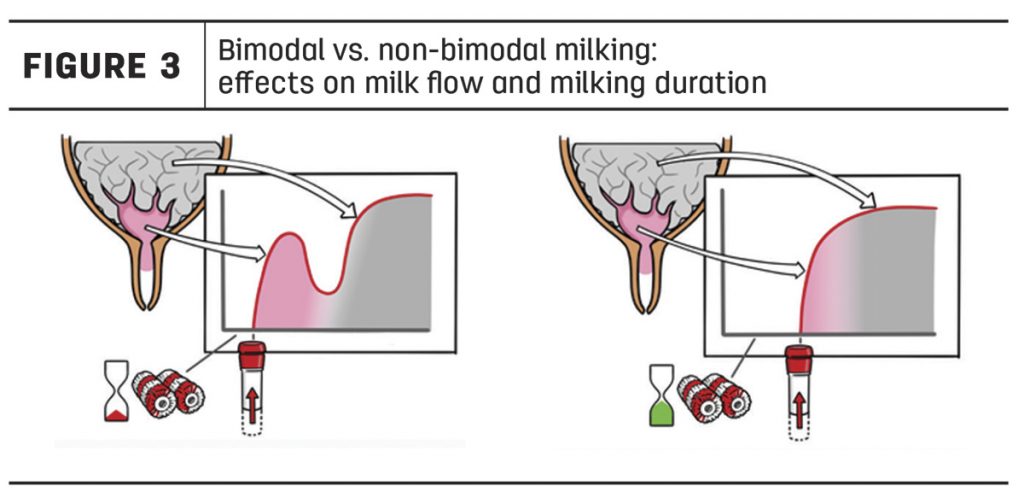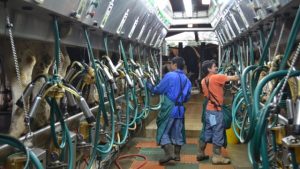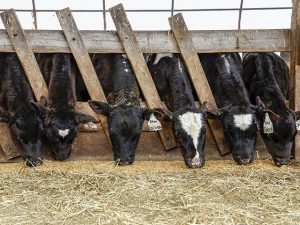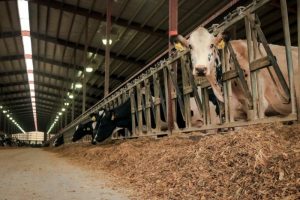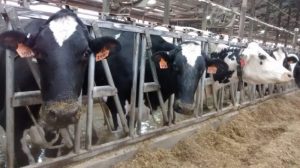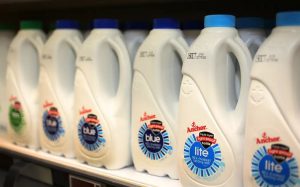
Understanding this overlooked herd management factor is key to optimizing milk production.
Bimodality is a critical, yet often misunderstood, factor in dairy farm management that refers to a herd’s tendency to split into two distinct groups based on milk production levels. Instead of a single, uniform bell curve of output, a bimodal distribution shows a group of high-producing cows and another of lower-producing cows. As an analyst in the dairy industry, it’s crucial to recognize this pattern, as it can indicate underlying issues that impact profitability and overall herd health. Recognizing this pattern is the first step toward better management and more effective strategies.

The underlying causes of bimodality are varied and can stem from several factors, including cow health, nutrition, and genetics. For instance, a disease outbreak or widespread subclinical illness could cause a significant portion of the herd to have suppressed milk production. Similarly, nutritional imbalances or inconsistent feed management can prevent some cows from reaching their full genetic potential. This diagnostic insight is invaluable for dairy farmers aiming to pinpoint and address the root causes of their herd’s performance gaps.
From a management standpoint, addressing bimodality requires a tailored approach. Simply treating the herd as a single unit with an average milk production level can mask serious problems and lead to inefficient use of resources. By identifying the low-producing subgroup, farmers can investigate specific issues, such as health problems, suboptimal feed, or even environmental stressors. This targeted approach is much more effective than a blanket strategy and can lead to significant improvements in both milk quality and quantity.
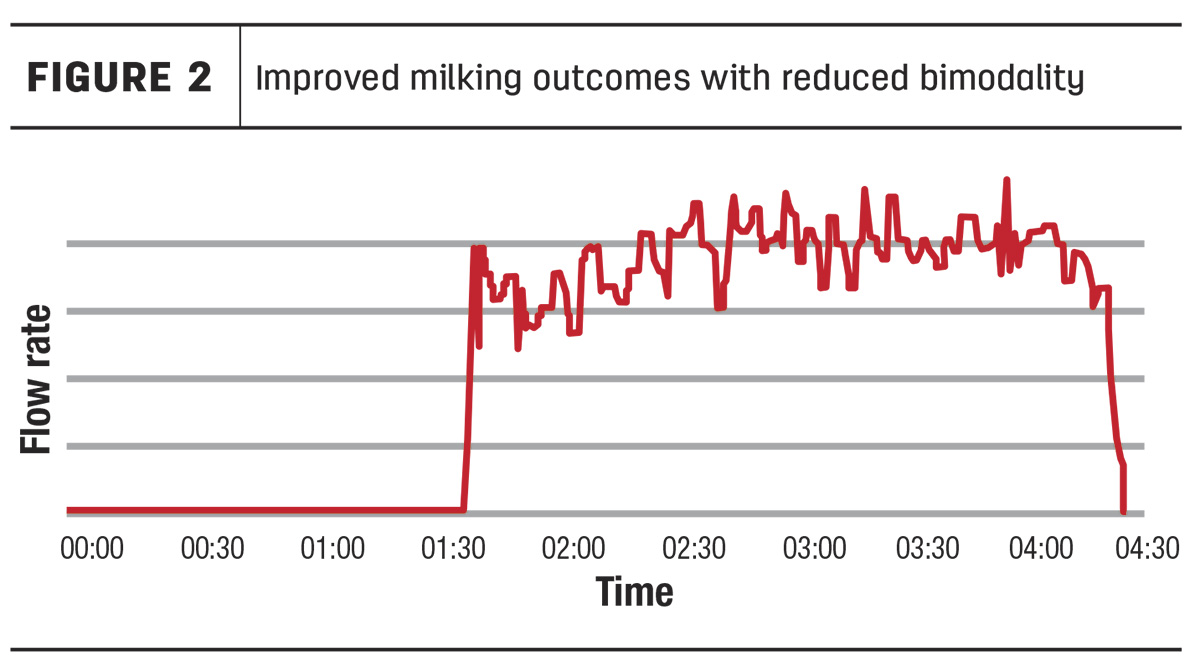
Optimizing a herd to reduce bimodality can yield substantial economic benefits for dairy producers. A more uniform, high-performing herd results in more predictable milk production, which is essential for meeting processor contracts and maximizing revenue. Furthermore, improving the health and well-being of the lower-producing cows can increase their longevity in the herd, reducing culling rates and replacement costs. These improvements contribute directly to a farm’s bottom line and long-term sustainability.
In summary, bimodality is a key performance metric that the modern dairy industry cannot afford to ignore. It is a powerful indicator that can reveal hidden challenges within a herd and guide a dairy farmer toward more precise and effective management strategies. By understanding and proactively addressing the factors behind bimodality, producers can unlock their herd’s full potential, improve profitability, and secure a stronger future for their dairy farm.
Source: For additional details on bimodality in dairy herds, consult the original article on AgProud.
You can now read the most important #news on #eDairyNews #Whatsapp channels!!!
🇺🇸 eDairy News INGLÊS: https://whatsapp.com/channel/0029VaKsjzGDTkJyIN6hcP1K
